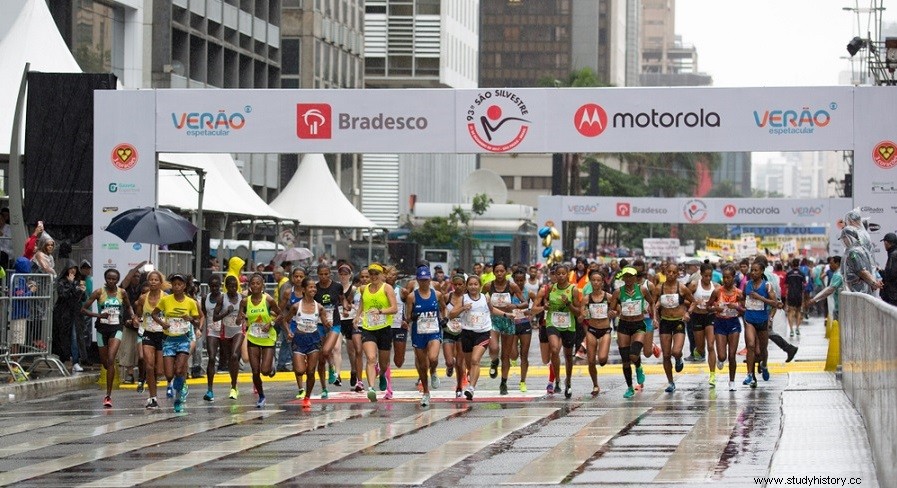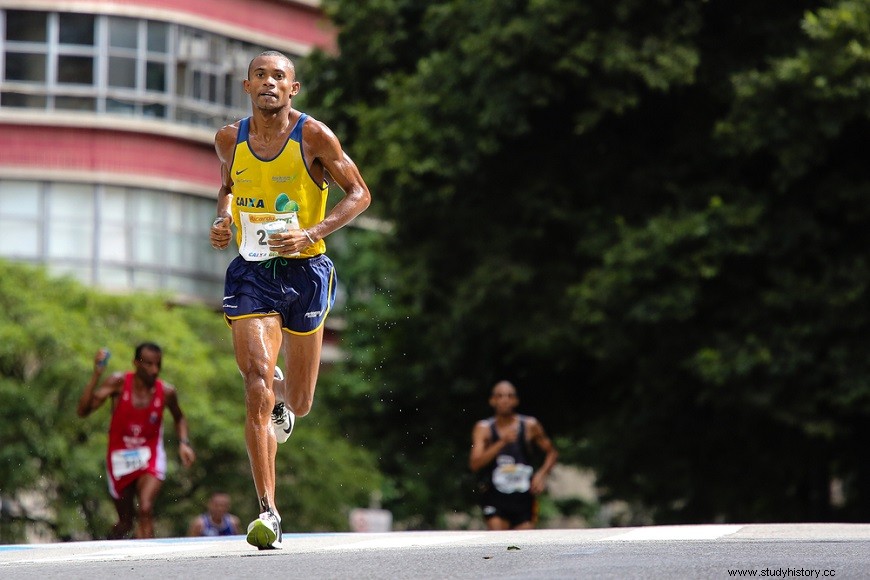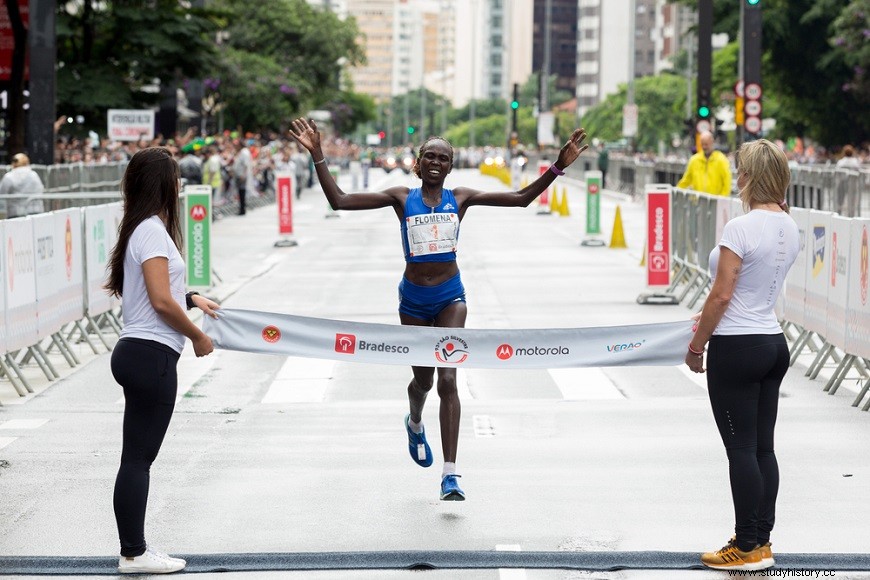
In the 1920s, Brazil was clearly experiencing of a country dominated by agricultural elites and the broad development of urban centers. Cities, and especially the means of communication, housed a population that experienced a rhythm of life that was profoundly different from the countryside. The public sphere became increasingly agitated by events that caught the attention of thousands of people.
Origin of the San Silvestre Race
In the year 1924, the journalistCasper Líbero returned from a trip to France in awe of a night race in which competitors carried torches along the way. Excited about the event and passionate about the sport, he decided to promote a race to be held at the turn of that same year. On December 31, 1924, only forty-eight of the sixty competitors attended the first edition of the St. .
Over time, the competition has survived the most varied setbacks that threatened its existence. The Constitutionalist Revolution of 1932 and the advent of World War II were not enough to prevent the annual event from proceeding and adding new competitors. Over time, a few foreigners were invited to compete in the competition. The Italian Heitor Blasi, based in the country, won the 1925 and 1927 editions.
First editions and popularization of the race
In its first versions, São Silvestre was held in 23 minutes and crossed a trajectory of 8.8 kilometers . Participants did not receive any type of special diet and were strictly prohibited from drinking water during the race. Lacking specialized support, the runners used the same training shoes for the race and wore clothes that accumulated sweat in their fibers. Improvisation and inexperience acted as a rule.

Athlete competing in the 2015 edition of São Silvestre**
As competition grew, São Silvestre caught the attention of professional athletes around the world. Currently, a professional runner prepares a diet rich in carbohydrates and supplements before the race. In addition, hydration throughout the race has become a great ally to withstand the elevations and wear and tear naturally produced by competition. Special shoes and electronic devices monitor the athletes' performance in the 15 kilometers of competition.
Creation of the female modality in São Silvestre

Kenyan marathon runner Flomena Cheyech Daniel was the winner of the women's event in the 2017 edition of the race.***
In the year 1975, the UN declared it to be the International Year of Women . Aware of the impact of this ad, the test determined that a female modality also join the competition. The first few times this happened, men and women walked the route together and only later had their respective classifications separately. In 1989, the route was reversed, the competition was held in the afternoon and the race was separated by sex.
International visibility
It was only in 1991, when the race became exactly 15,000 meters long, that the International Association of Athletics Federations included São Silvestre in the international street events calendar. Two years later, a children's version expanded the competition's audience and was named “São Silvestrinha”. Even today the Kenyan Paul Tergat he is the time record holder and one of the biggest winners of the race, with five victories.
*Image credits:plopes | shutterstock
**Image credits:Fernanda Paradizo | shutterstock
***Image credits:plopes | Shutterstock
